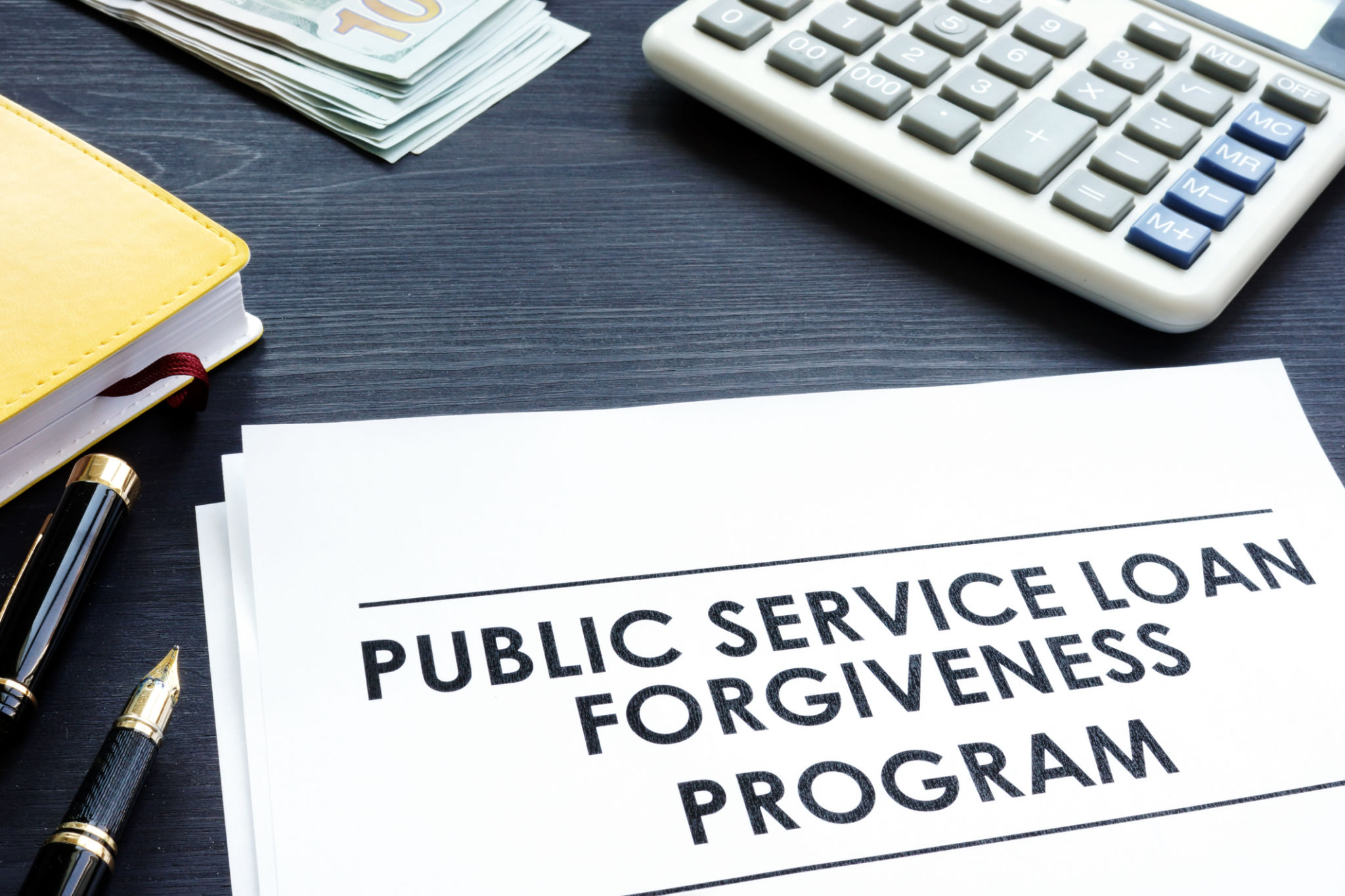Loan Repayment Advice: Choosing Between Consolidation and Forgiveness
Understanding Loan Consolidation
When managing multiple loans with varying interest rates and payment schedules, loan consolidation can be a strategic option. By consolidating, you combine multiple loans into a single loan with one monthly payment. This can simplify your finances, making it easier to manage payments and avoid missed due dates.
One of the main advantages of loan consolidation is the potential for a lower interest rate. If your credit score has improved since you first took out your loans, you might qualify for a better rate, ultimately saving money over the life of the loan. However, it's essential to consider any fees associated with consolidation, as they can add to the overall cost.

Types of Loan Consolidation
There are generally two types of loan consolidation: federal and private. Federal Loan Consolidation allows you to combine multiple federal education loans into one, potentially extending your repayment term and lowering monthly payments. Meanwhile, Private Loan Consolidation involves refinancing both federal and private loans through a private lender, which might offer better terms based on your creditworthiness.
Exploring Loan Forgiveness
Loan forgiveness is another option that can significantly reduce or eliminate your loan balance. Public Service Loan Forgiveness (PSLF) is one of the most popular programs, available to borrowers who work in qualifying public service jobs and make 120 qualifying payments under a qualifying repayment plan.

It's important to note that loan forgiveness programs often have strict eligibility criteria. You must understand these requirements thoroughly to ensure you qualify. Additionally, some forms of forgiveness may result in taxable income, which should be factored into your financial planning.
Eligibility for Loan Forgiveness
To be eligible for programs like PSLF, you must work full-time for a qualifying employer, such as government organizations or non-profit entities. Additionally, you must be on an income-driven repayment plan, which adjusts your monthly payments based on your income and family size.
- Verify your employer qualifies under PSLF criteria.
- Ensure you're enrolled in an income-driven repayment plan.
- Make 120 qualifying payments.
Choosing the Right Path
The decision between consolidation and forgiveness ultimately depends on your financial situation and career plans. If you have multiple loans with high-interest rates and prefer manageable monthly payments, consolidation might be advantageous. However, if you work in a public service role and meet the criteria for forgiveness, pursuing this path could lead to significant savings.

Before making a decision, it's wise to consult with a financial advisor or loan specialist. They can help assess your individual circumstances and guide you toward the most beneficial option. Understanding the pros and cons of each path is crucial in making an informed choice that aligns with your long-term financial goals.